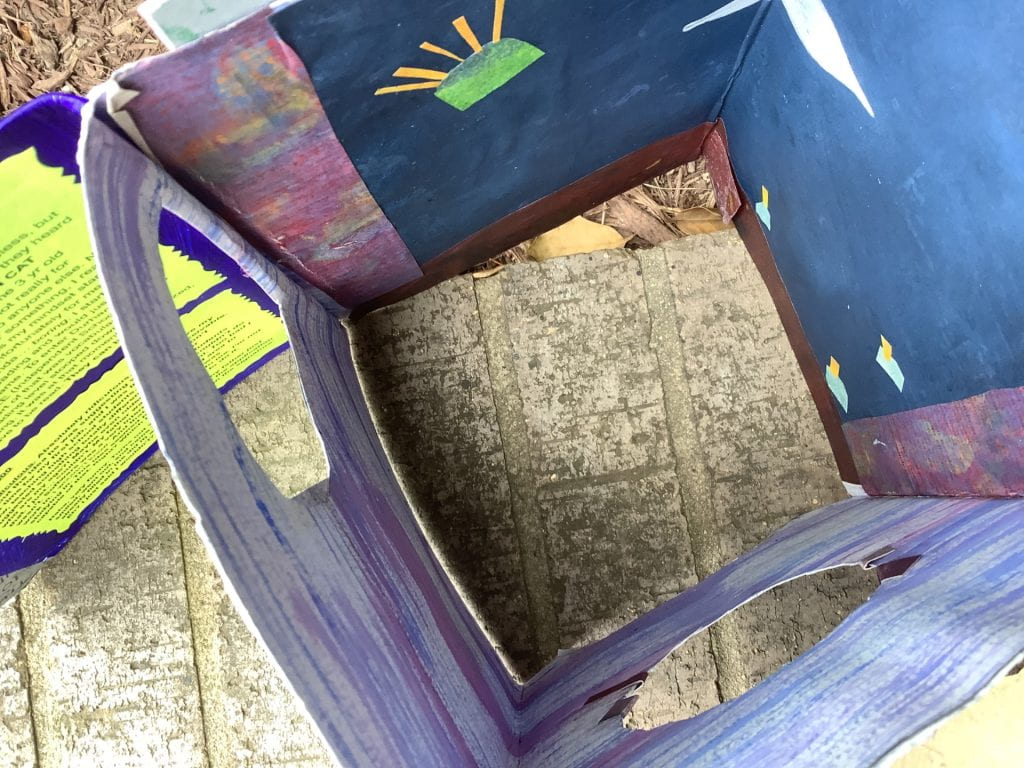
Everyone loves a good project. Keyword: good. Well, we did an AMAZING project called the ‘Ideal World’ project. It all started with our class reading the book ‘The Last Cuentista’ in our class, which was all about space and new planets.
The Last Cuentista ⬇️
That INSPIRED us to write a story for what would be our ideal planet. You can check out my other blog post called ‘The Perfect Planet or The Idea World’ to learn more about my planet, but the main thing about my planet is an ‘Icy Planet’. Basically Elsa’s world, without an Elsa. Yep, fun. It was very interesting seeing everyone’s different perspectives on the world and what their ideal world looks like. Even the visuals they made to go with their stories varied greatly from each other.
My Ideal World Painting ⬇️
Now you must be thinking ‘this is all interesting, but it’s not a project?’, because yeah, it isn’t. However the next thing we did was make a book sort of cardboard thing(?) that tries to illustrate our planet in the best way possible. And that was the fun part. Cutting, gluing, pasting, painting, we did EVERYTHING to make our project look good. The most interesting part of our project was that we used normal magazine papers to put our project together, which tested our resourcefulness and creativity. But in the end we did surprisingly INCREDIBLE.
My Ideal World Book ⬇️
We had a bunch of help from our teachers and I’m thankful how they guided us to do what would make us happy AND look good. And we finally made it.
An artistic masterpiece.

